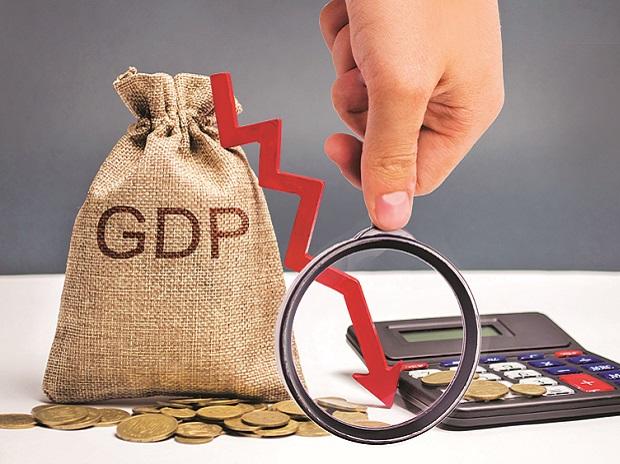
The second Covid wave may derail a strong recovery in the economy and credit conditions in India, according to rating agency Standard & Poor's.
The economic expansion could take a hit of 1.2 per cent under a moderate state, leading to Gross Domestic Product (GDP) growth of 9.8 per cent for fiscal year ended March 2022. Under severe conditions, hit could be 2.8 per cent, resulting in GDP growth of 8.2 per cent in Fy22. Its baseline growth estimate is 11 per cent for Fy 22.
The depth of the Indian economy's deceleration will determine the hit on its sovereign credit profile, S&P said in a statement.
The country's rate of daily new infections keeps spiraling upward, accounting for almost half of the world's cases, overwhelming the Indian health system.
S&P said the possibility the government will impose more local lockdowns may thwart what was looking like a robust rebound in corporate profits, liquidity, funding access, government revenues, and banking system profitability.
"The Indian recovery had been so vigorous across many measures, particularly in the last quarter of fiscal 2021, and yet the latest outbreak has escalated rapidly," said S&P Global Ratings credit analyst Eunice Tan.
Despite being the largest vaccine manufacturer in the world, India's vaccination rollout to the country's very large and largely rural population has proven challenging.
The central government has avoided rolling out another nationwide lockdown, given this would be unpopular and economically costly. However, authorities have already imposed local lockdowns that cover much of the country, including Mumbai, New Delhi, and Bengaluru.
The scope of lockdowns affects mobility, and is indicative of the strength of India's recovery. The agency said under severe scenario new infections may peak in late June 2021. And, under moderate scenario posits that infections peak in May, it added.
The initial shocks to private consumption and investment filter through to the rest of the economy. For example, lower consumption will mean less hiring, lower wages, and a second hit to consumption.



